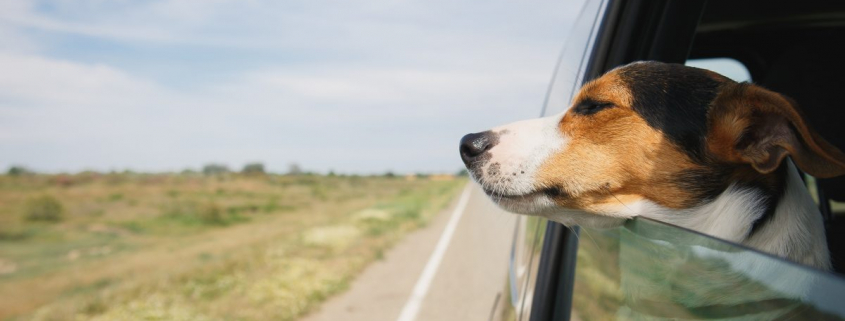Dogs & Motion Sickness
Dog motion sickness is real. It can make the shortest trips stressful for you and your four-legged friend. The good news is that there are things you can do to help with dog motion sickness. This article will go into further detail about the causes of motion sickness and what you can do to help your dog.
Dog motion sickness is more commonly seen in puppies and young dogs than in older dogs. This is because puppies’ ear structures used for balance aren’t fully developed. Unfortunately, not all dogs will outgrow motion sickness, but many will. Stress can also add to travel sickness. You may experience this if your dog has ridden in a car to the vet.
It is important to know the signs of dog motion sickness. These include:
- Yawning
- Vomiting
- Excessive drooling
- Inactivity
- Whining
One of the best ways to prevent dog travel sickness is to make the car ride as comfortable as possible for your dog. If your dog faces forward during travel, it will experience fewer visual cues, reducing nausea. We recommend that you purchase a specially designed dog seat belt. You may also use a crate for safety.
Another thing that can help reduce dog motion sickness is to lower your car windows a couple of inches while the car is moving. This balances the air pressure in the vehicle with the air pressure outside, reducing discomfort and nausea. Keeping the car cool and well ventilated is also essential as stuffy vehicles can contribute to unpleasant sensations.
There is a chance that dogs will not outgrow motion sickness. There is a variety of over-the-counter and prescription medications that may decrease your dog’s motion sickness symptoms. We recommend you speak with your veterinarian to seek the best treatment method.




